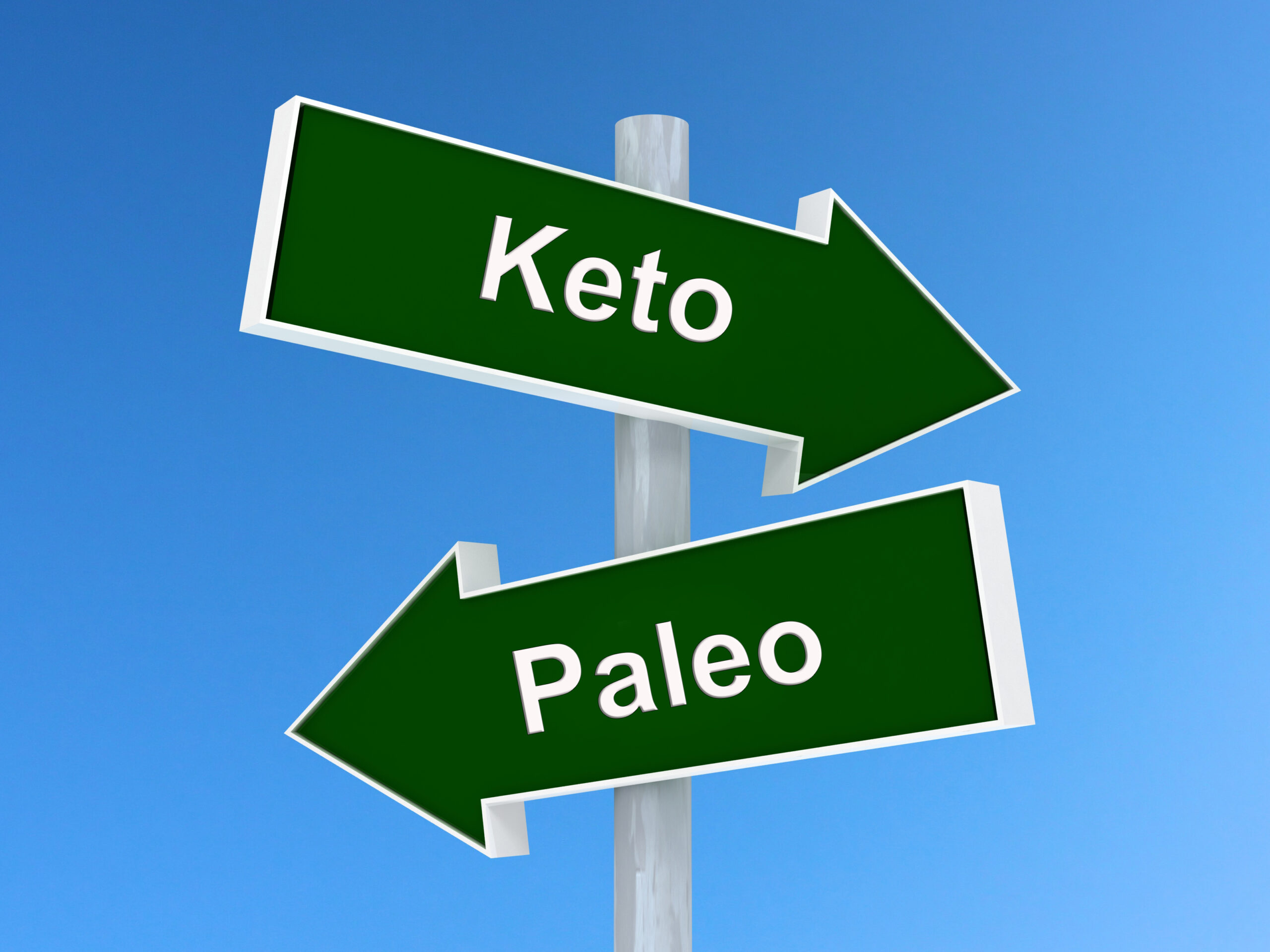Fat is as essential as protein and carbohydrates in your diet to provide your body with energy. Fat contains more calories by weight than any other nutrient. What’s more, your body also relies on the fat for certain functions. For instance, fat-soluble vitamins require fat for absorption into your body and fat is needed for building cell membranes. Dietary fat can be found in both plants and animals. Certain types of fat play a role in causing diseases, but some of them offer significant health benefits.
The Bad
Trans fats are found in an industrial process called hydrogenation, turning healthy oils into solids to prevent the fats from rancidity. Trans fats are the worst fats for your body. It can be found in:
❖ Fried food (French fries, doughnuts)
❖ Margarine
❖ Commercial baked goods (cookies, cakes, pastries)
❖ Processed food (crackers, microwave popcorn)
Trans fat can raise LDL cholesterol in the bloodstream, known as “bad” cholesterol, and meanwhile suppress high-density lipoprotein (HDL) levels, “good” cholesterol. Eating trans fats can trigger inflammation in your body, contributing to atherosclerosis, heart disease, diabetes and stroke.
The In-between
Most saturated fats are animal fats, which are found in red meats and dairy products. It includes:
❖ Beef, pork, and lamb
❖ High-fat dairy foods (whole milk, butter, cheese, sour cream, ice cream)
❖ Tropical oils (coconut oil, palm oil, cocoa butter)
❖ Lard
A diet rich in saturated fat can raise your blood cholesterol levels and low-density lipoprotein (LDL) levels. However, there was insufficient evidence to conclude that the saturated fats increase the risk of heart (Siri-Tarino, 2010). Therefore, saturated fat may not be as bad as you thought, but it still isn’t the best choice for your health.
The Good
Monounsaturated fat and polyunsaturated fat are better choices for your diet, which are considered to be more “heart-healthy”.
Eating foods that contain monounsaturated fats can improve your blood cholesterol levels and decrease the risk of cardiovascular diseases. You can find monounsaturated fats in:
❖ Nuts (almonds, cashews, peanuts, pecans)
❖ Vegetable oils (olive oil, peanut oil)
❖ Fruits (avocado)
Polyunsaturated fats cannot be synthesized by your body, known as “essential fats”. You need to ingest them from food. Polyunsaturated fats are able to decrease your blood cholesterol levels, giving rise to lower risks of heart disease. In which, one of polyunsaturated fats, omega-3 fatty acids are significantly beneficial for your heart, decreasing the risk of coronary artery disease, reducing blood pressure, raising HDL levels and manage irregular heartbeats (Kris-Etherton, 2002). You can find most omega-3 fatty acids, EPA and DHA, in fatty fish:
❖ salmon
❖ sardines
❖ herring
❖ trout
There are also some omega-3 fatty acids called ALA from plant sources, such as flaxseed and chia seeds. Yet, the efficiency of converting inactive ALA in your body to active forms – EPA and DHA is low (Das, 2006).
In addition to omega-3 fatty acids, omega-6 fatty acids are also polyunsaturated fats, which can be found in:
❖ walnuts
❖ seeds (sunflower seeds, sesame seeds, pumpkin seeds)
❖ vegetable oils (corn oil, safflower oil, sesame oil, sunflower oil)
Omega-6 and omega-3 fatty acids possess different effects. Omega-6 fatty acids are pro-inflammatory, while omega-3 fatty acids are anti-inflammatory (Schmitz, 2008). Inflammation is essential for your survival, protecting your body from infection. However, chronic inflammation is one of the major contributors of serious diseases, including heart disease, diabetes, arthritis, Alzheimer’s and some cancers. Therefore, a good ratio of omega-6 fatty acids/omega-3 fatty acids in your diet is vital for your health (Simopoulos, 2002).
All in all, you should avoid trans fats, limit saturated fats, and replace with polyunsaturated fats. Yet, all fats, including healthy ones, are high in calories. Eating many calories can contribute to weight gain. Once you are equipped yourself with more nutrition knowledge, you will be more capable of making the right dietary choices.
References:
Das, U. N. (2006). Biological significance of essential fatty acids. Journal-Association Of Physicians of India, 54(R), 309.
Kris-Etherton, P. M., Harris, W. S., & Appel, L. J. (2002). Fish consumption, fish oil, omega-3 fatty acids, and cardiovascular disease. circulation, 106(21), 2747-2757.
Schmitz, G., & Ecker, J. (2008). The opposing effects of n− 3 and n− 6 fatty acids. Progress in lipid research, 47(2), 147-155.
Simopoulos, A. P. (2002). The importance of the ratio of omega-6/omega-3 essential fatty acids. Biomedicine & pharmacotherapy, 56(8), 365-379.
Siri-Tarino, P. W., Sun, Q., Hu, F. B., & Krauss, R. M. (2010). Meta-analysis of prospective cohort studies evaluating the association of saturated fat with cardiovascular disease. The American journal of clinical nutrition, 91(3), 535-546.


